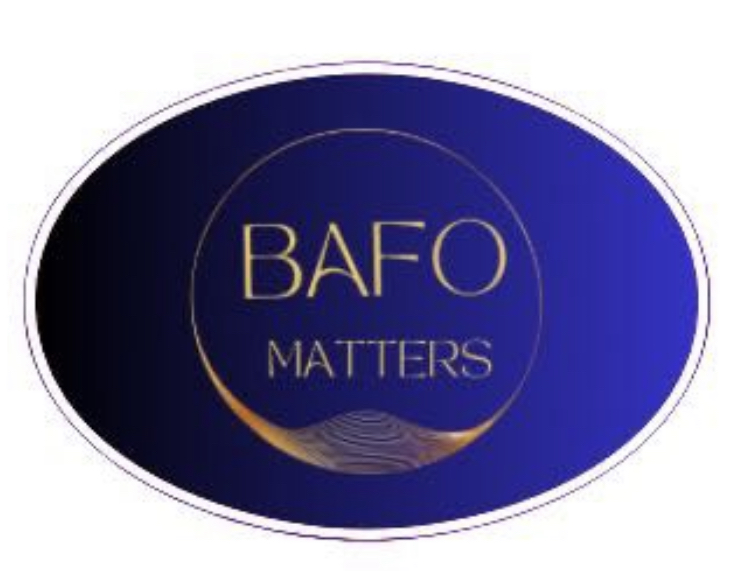"Is Bidding Truly More Effective Than Negotiating in Procurement?"
- BAFO Matters

- Sep 7, 2023
- 4 min read
In the realm of procurement strategies, the perennial debate persists: Which approach reigns supreme – bidding or negotiating? Each method has its own set of advantages, but the answer isn't as straightforward as it may seem. In this article, we will delve into the complexities of bidding versus negotiating, the challenges faced by procurement departments, and the game-changing potential of the Strategic Pause Method (SPM) in revolutionizing negotiations while preserving quality standards.
The Dilemma: Bidding vs. Negotiating
Procurement professionals often find themselves at the crossroads when deciding between bidding and negotiating for sourcing goods and services. Bidding, characterized by a formal process of soliciting competitive offers from suppliers, typically shines in the spotlight for significant expenses or when seeking fresh suppliers. On the flip side, negotiating entails direct discussions with suppliers to arrive at mutually acceptable terms.
However, many procurement departments grapple with a common challenge – a shortage of time and resources. Staffing limitations frequently render it impractical to initiate elaborate bidding procedures for every procurement requirement. Consequently, bidding often gets reserved for substantial expenditures, particularly those not recently subjected to bidding or when exploring novel products or suppliers.
The Power of Bidding
Bidding undoubtedly boasts its own set of strengths. It fosters competition among suppliers, potentially leading to reduced costs and ensuring transparency throughout the procurement process. In scenarios involving high-value and intricate projects or when venturing into new markets, a meticulously executed bidding process can yield impressive outcomes.
Nonetheless, the efficiency of bidding can be compromised when time becomes a luxury that procurement professionals cannot afford. With limited resources and mounting pressure to streamline procurement cycles, a pressing question emerges: Is there a way to strike a balance between reaping the benefits of both bidding and negotiating?
The Efficiency of Negotiating
Negotiating offers a more agile route in procurement, especially suited to situations where time constraints are the primary concern. It enables procurement professionals to engage in direct dialogues with suppliers, customizing agreements to suit specific requisites. Negotiations can be highly effective in preventing price increases, ensuring that the originally agreed-upon terms remain intact.
In essence, negotiating offers a flexible avenue for procurement departments to swiftly adapt to changing circumstances. It facilitates a dynamic, ongoing relationship with suppliers, encouraging collaboration and addressing evolving needs.
The SPM Revolution: Transforming Negotiations
Enter the Strategic Pause Method (SPM), a groundbreaking approach that redefines how negotiations are conducted in the realm of procurement. SPM introduces a critical element of time management and strategic thinking, bridging the gap between bidding and negotiating.
At its core, SPM encourages procurement professionals to pause before the final contract award. This pause signifies a pivotal moment where negotiations can take place to secure additional price reductions or favorable terms. It's a method that Esmail, an experienced Procurement Manager, developed and successfully employed to achieve remarkable results in procurement.
Changing Bid Results Without Compromising Quality
One of the most remarkable aspects of SPM is its capacity to alter bid results without sacrificing quality. While negotiations conventionally occur after contract award, SPM encourages a strategic pause before the final decision is made. During this interlude, negotiations are initiated with selected suppliers, with the primary objective of obtaining improved terms and prices without altering the established quality standards.
This revolutionary approach empowers procurement departments to reap the advantages of both bidding and negotiating without being bound by time constraints. It's a method that seamlessly aligns with the contemporary demand for agile and efficient procurement processes.
Maximizing Results: Blending Bidding and Negotiating with SPM
In the contemporary procurement landscape, the most effective approach isn't an absolute choice between bidding and negotiating. Instead, it's a fusion of these methods, strategically applied to maximize results.
For sizable expenditures or when exploring new suppliers, bidding remains a potent tool for procurement professionals. It introduces competition, drives down costs, and ensures transparency.
In scenarios where time is a limited resource or maintaining price stability is paramount, negotiating emerges as the preferred choice. It offers the flexibility to customize agreements, respond to evolving conditions, and prevent price escalations.
SPM adds an essential layer of efficiency and strategy to this fusion. It empowers procurement professionals to pause before finalizing decisions, unlocking opportunities for negotiations that can yield substantial cost reductions or advantageous terms.
The SPM Advantage: Efficiency and Quality
In a world where time is often the most valuable resource, the Strategic Pause Method (SPM) stands as a game-changing asset in procurement. It equips procurement departments with the ability to navigate the bidding versus negotiating conundrum with finesse, securing the best of both worlds.
SPM's unique capacity to alter bid results without compromising quality underscores its innovative approach. It aligns perfectly with the modern need for efficient procurement processes that deliver cost savings while upholding stringent quality standards.
In conclusion, the question isn't whether bidding surpasses negotiating or vice versa, but rather how these methods can be harmonized to maximize results. With the advent of SPM, procurement professionals possess a powerful tool that streamlines their processes, secures cost savings, and maintains quality standards. It represents a revolution in procurement that's reshaping the way businesses source goods and services, one strategic pause at a time.




Comments